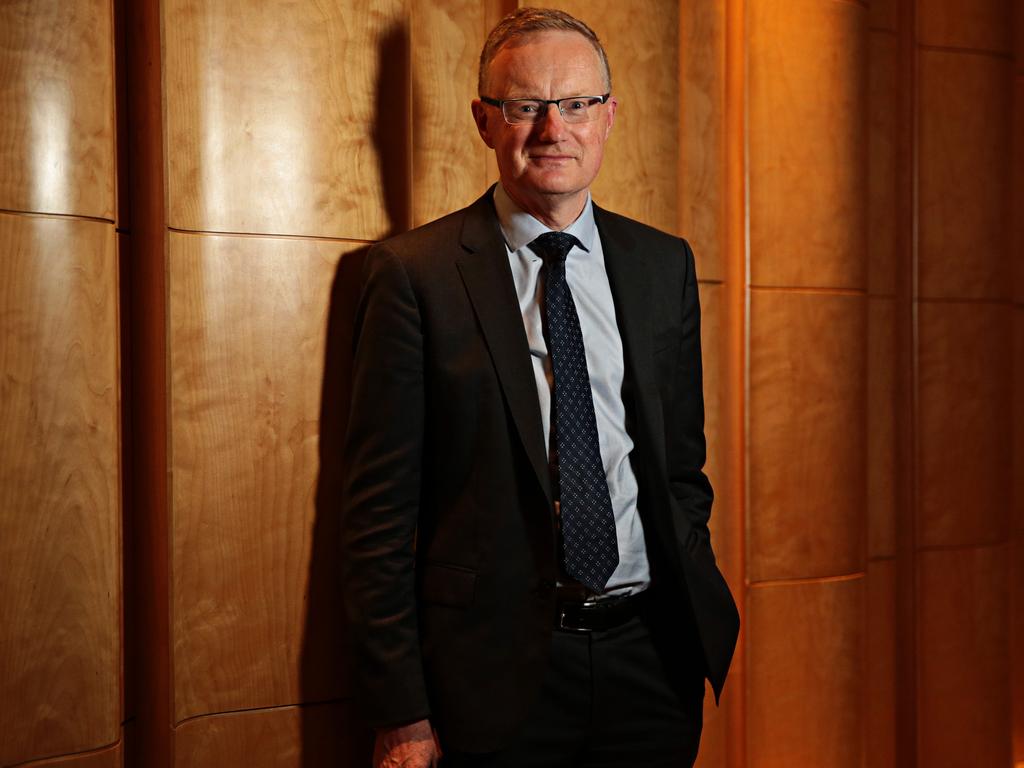Reserve Bank got it wrong and needs to admit to erring

Something along the lines: we got it wrong, we stuffed up, we’re sorry. That could work for me.
It’s just not in the RBA’s playbook. Mind you, other central bank governors are equally reluctant to admit to mistakes.
Why the RBA chose to keep the cash rate so low for over two years as the economy ran relatively well is anyone’s guess.
And notwithstanding Lowe’s defence of its inflation target of 2 to 3 per cent per year in underlying terms, the bank has failed to meet this key performance indicator for some time.
If there were ever a time to raise the cash rate, it was during 2017 and 2018, to bring interest rates back to more normal levels and to give savers an even break.
Of course we are where we are, with the cash rate having been recently ratcheting down by 50 basis points over consecutive months.
These moves have been ostensibly because the economy is showing a slight weakness or because the bank’s estimate of the non-accelerating inflation rate of unemployment has been reduced by 0.5 percentage points. It’s all a bit unclear.
But here’s the pickle — there is very little flexibility if the economy really does turn pear-shaped — caused by some international conflagration or massive breakout of a trade war, say — short of engaging in exotic policy options such as quantitative easing.
But Lowe is not too worried. He doesn’t think the latest race to the bottom in terms of the level of the cash rate will lead to even higher household debt because we are all up to our necks in debt and the banks have become a bit more reluctant to stump up new and higher loans.
I’m just not sure his insouciance or his stubborn determination never to admit that the RBA has taken the wrong route in the past several years are much comfort to anyone else.




One of the things that the governor of the Reserve Bank, Philip Lowe, is very bad at is telling us that the bank has erred.